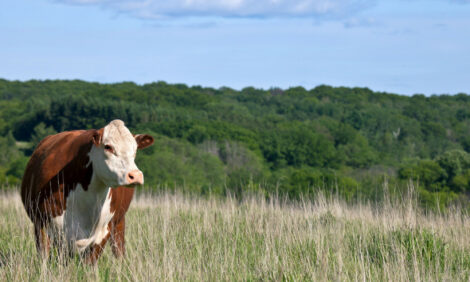



Positive Test for Cattle Disease at Ashburton Farm
NEW ZEALAND - The cattle disease Mycoplasma bovis has been detected on an Ashburton dairy farm, bringing to 14 the total number of infected properties nationwide.However, the disease may be much more widespread because 30 other farms have had some association with the Ashburton one, the Ministry for Primary Industries (MPI) said.
Stuff.co.nz reports that the Ashburton farm has 600 cattle on it, none of which had shown any signs of illness. Before Christmas, it was reported as being under suspicion of having the bacterial disease.
M. bovis is a common cattle disease in overseas dairy countries, but had not been detected in New Zealand until July last year. Since then it has spread to nine farms in South Canterbury, three in Southland, one in Ashburton and one in Hawke's Bay.
It is not considered a risk to human health to eat meat from animals that have been infected by M. bovis.
Despite Agriculture Minister Damien O'Connor saying before Christmas that farmers whose cattle had been infected by the disease might lose their anonymity, MPI has declined to reveal the name of the latest infected farm.
The Ministry's response incident controller David Yard said the affected farm and an associated property had been under controls since Christmas Eve as a precautionary measure. No animals or other risk goods such as used farm equipment had been allowed on or off the property during this time and these controls stand.
MPI will now carry out checks and testing on the 30 other farms that have had some association with the new affected property.
It is also continuing tests on another Ashburton area farm that had previously returned inconclusive results. As yet, this farm is not regarded as positive, although it is under controls just in case.
Public meetings will be held in Methven and Ashburton on 11 January to outline the situation. They will cover plans to test bulk milk and discard milk from farms in the area.
DairyNZ chief executive Tim Mackle said the dairy and beef sectors needed to adopt a precautionary approach to managing the incursion.
Farmers needed to quickly establish biosecurity practices that reduced the risk of M. bovis getting onto farms, such as tracing animal movements through NAIT, which also had to be kept up to date.
M. bovis was spread by animals coming into contact, so stopping contact by double fencing two metres apart would prevent nose to nose contact.
TheCattleSite News Desk


